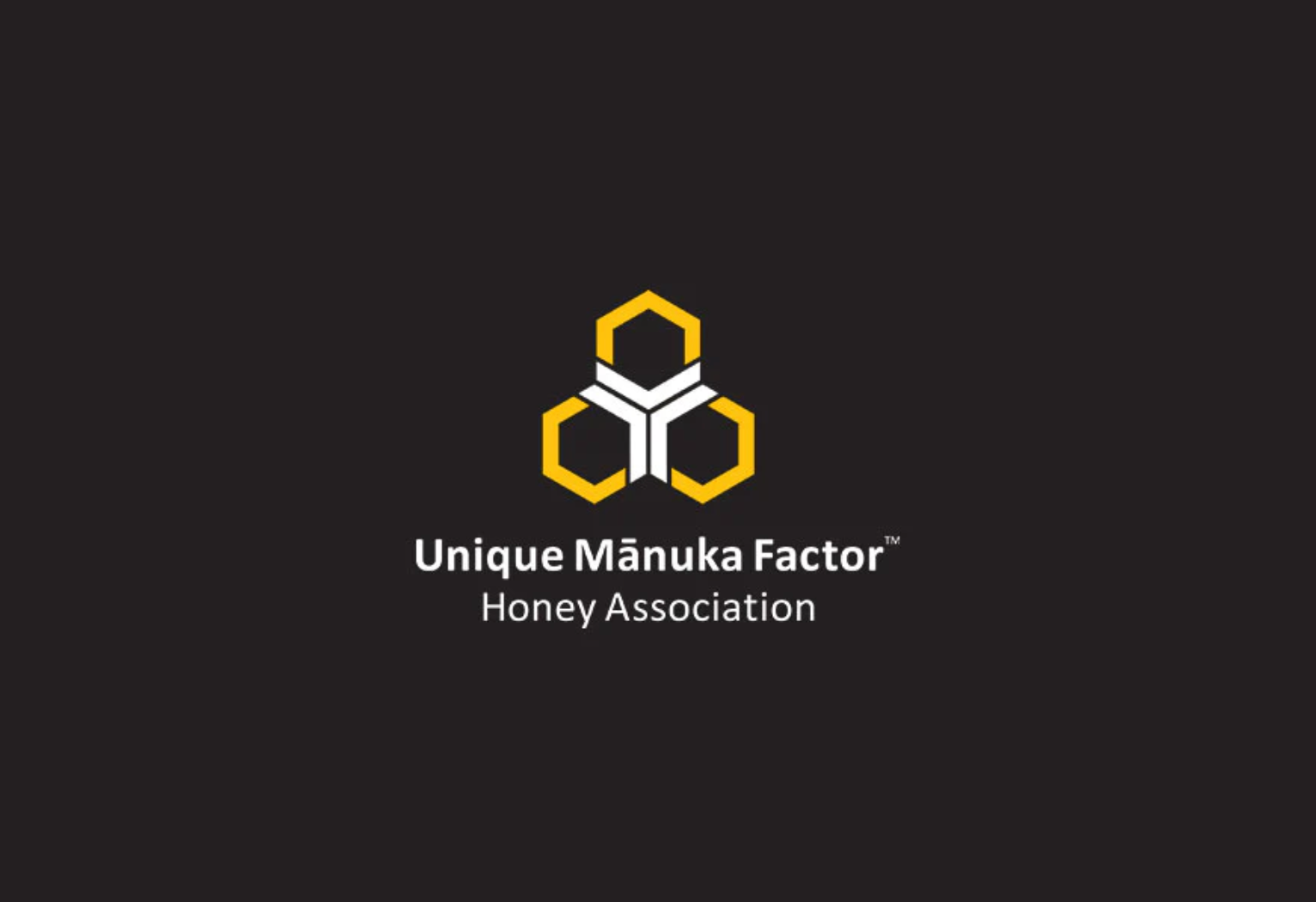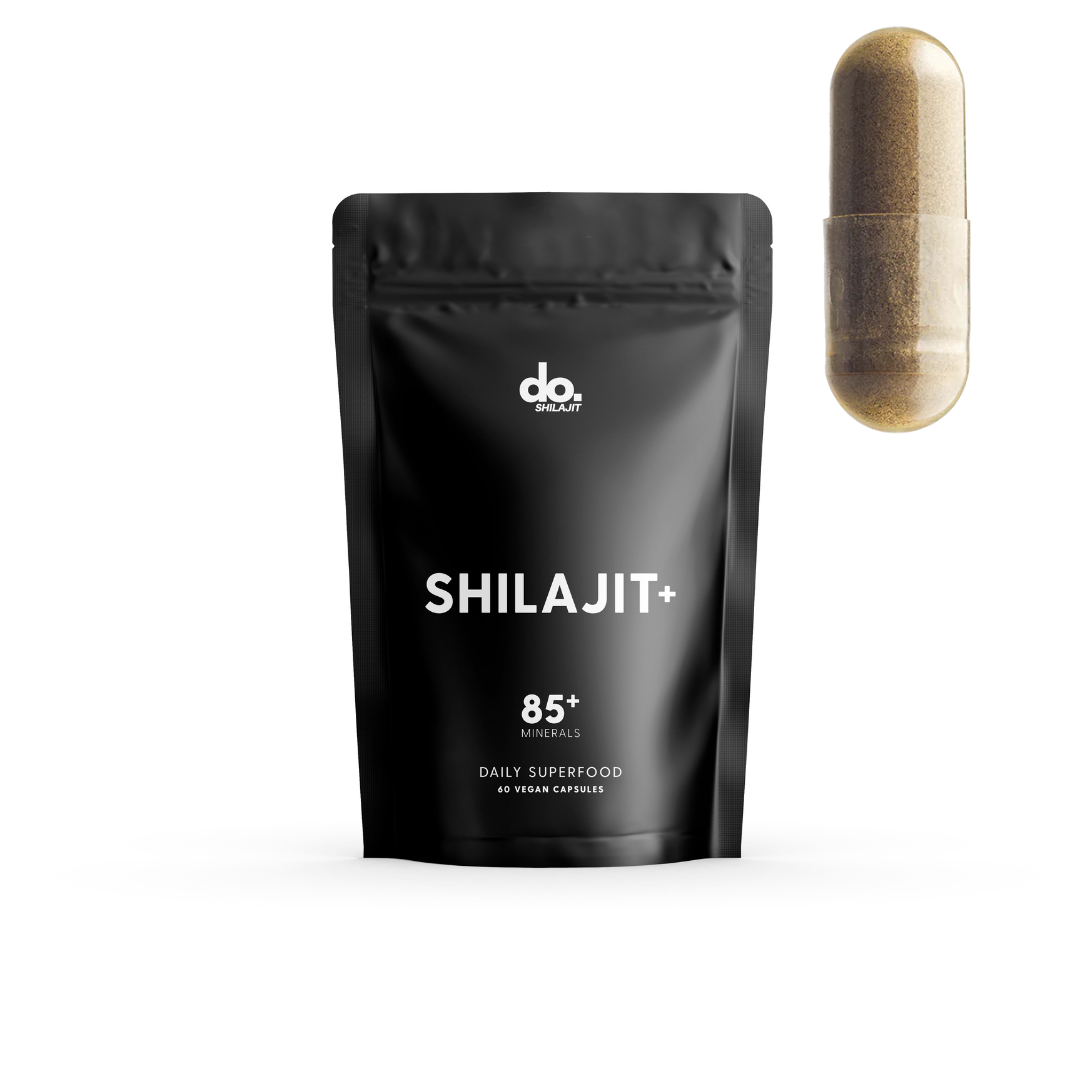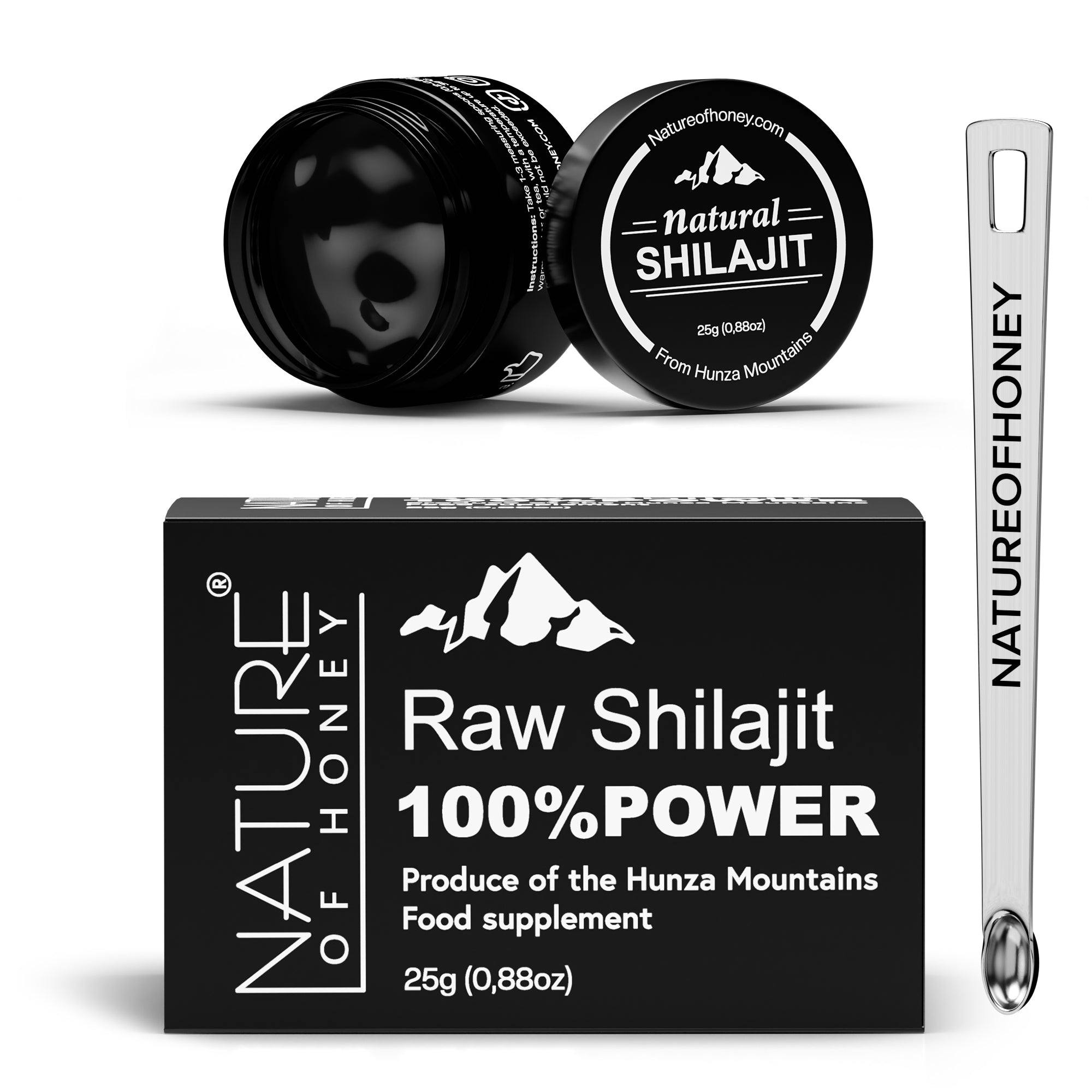MGO and UMF are two terms related to the measurement of the antibacterial activity of Manuka honey.
MGO stands for methylglyoxal, which is the main antibacterial compound in Manuka honey. The level of MGO in Manuka honey can vary, depending on factors such as the region where the honey is produced, the season, and the type of Manuka tree. The higher the level of MGO, the greater the antibacterial activity of the honey.
UMF stands for Unique Manuka Factor, which is another measure of the antibacterial activity of Manuka honey. UMF is a rating system that takes into account not only the level of MGO in the honey but also other compounds that contribute to its antibacterial properties. The UMF rating is a measure of the potency of the honey's antibacterial activity, and the higher the UMF rating, the more potent the honey's antibacterial activity.
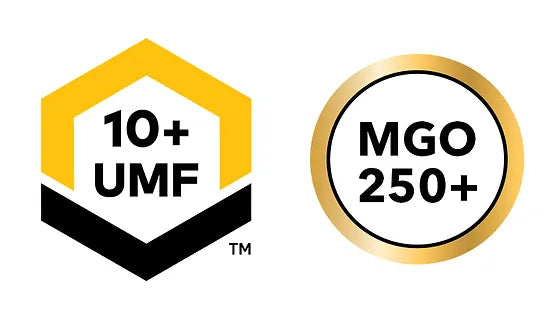
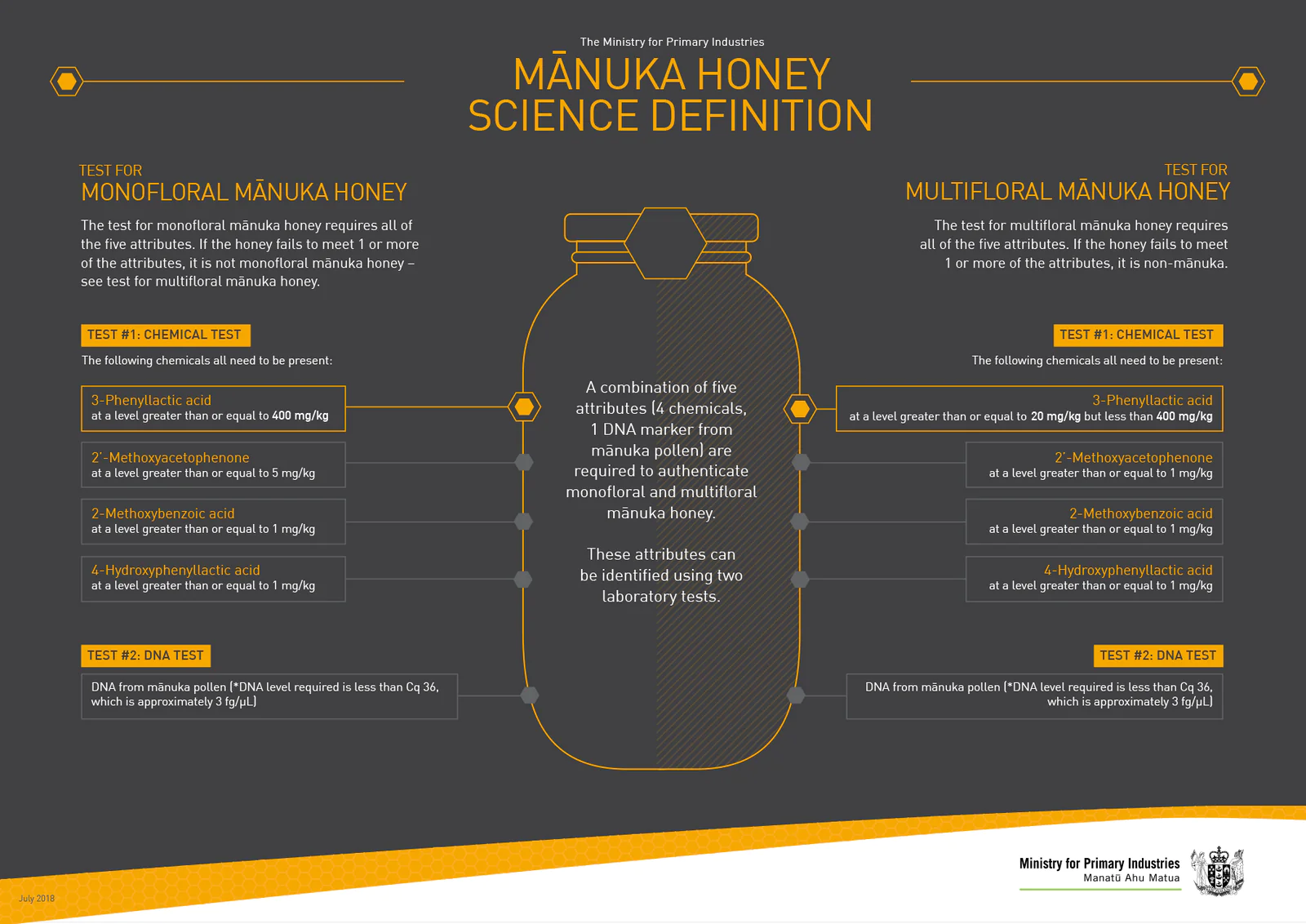
A higher UMF or MGO level may be preferred for topical use on wounds or for immune support, while a lower UMF or MGO level may be more suitable for everyday use as a sweetener or in recipes. It is important to note that the UMF rating and MGO level should be validated by a reputable testing laboratory and that other factors, such as the purity and quality of the honey, should also be considered when selecting Manuka honey.
UMF™ is shorthand for the most comprehensive, independently certified and internationally recognised quality assurance system for New Zealand mānuka honey. It’s designed to validate mānuka honey potency, authenticity, purity, shelf life and freshness for honey producers, brands, customers and consumers around the world.
Only one standard independently assures the quality of New Zealand Mānuka Honey so consumers around the world can be confident in the strength and purity of each jar they buy.
Each mānuka honey product that carries the UMF™ trademark must pass the stringent Unique Mānuka Factor Honey Association (UMFHA) quality, grading and rating tests.
 SHILAJIT PREMIUM
SHILAJIT PREMIUM
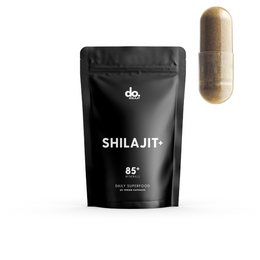 SHILAJIT PREMIUM CAPSULES
SHILAJIT PREMIUM CAPSULES
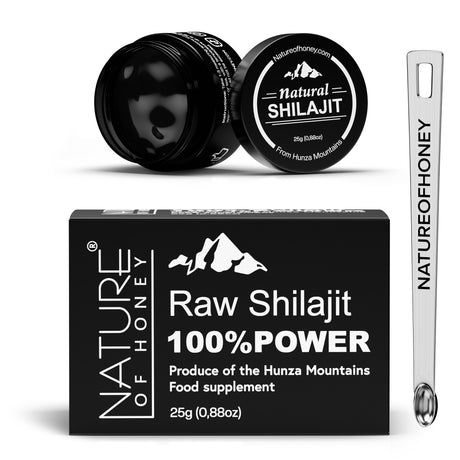 SHILAJIT PREMIUM
SHILAJIT PREMIUM
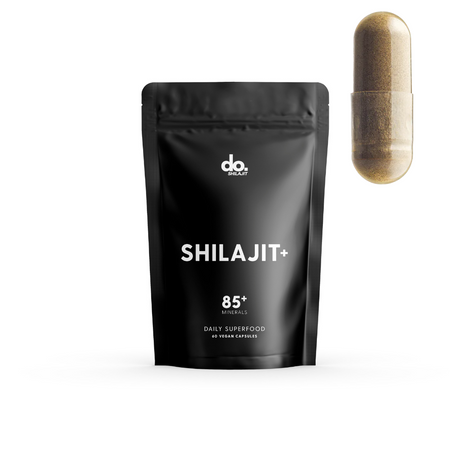 SHILAJIT PREMIUM CAPSULES
SHILAJIT PREMIUM CAPSULES
